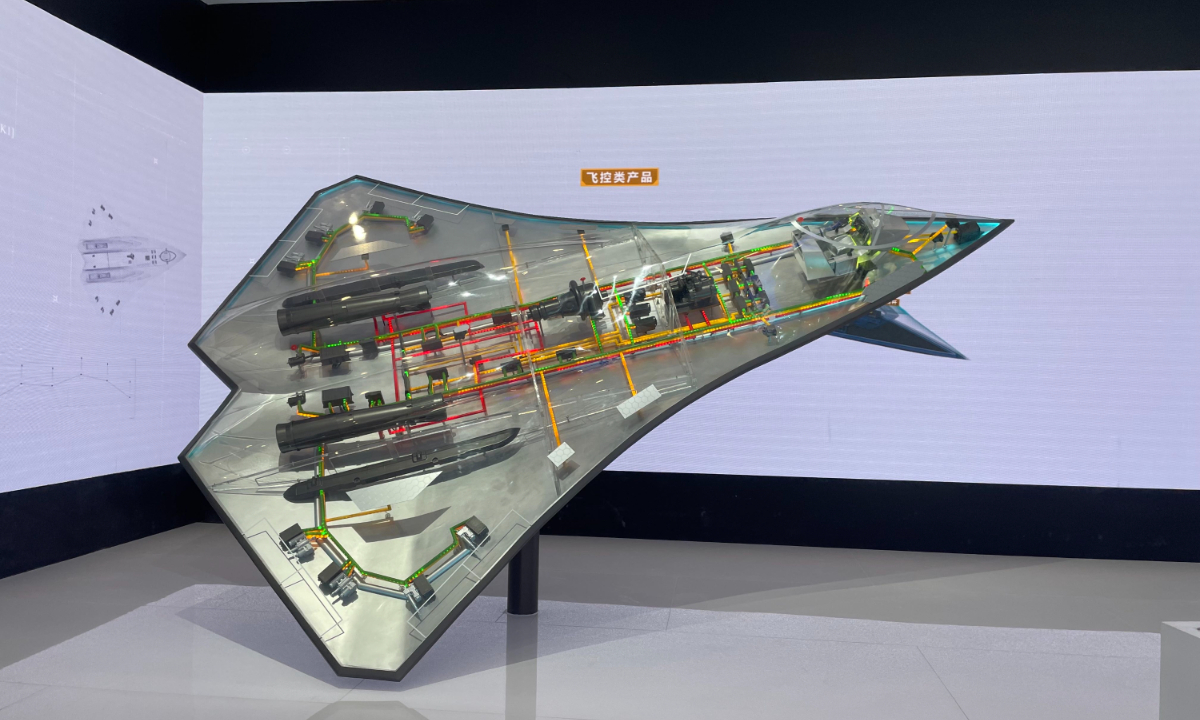
China has unveiled a new combat aircraft that has captured global attention, showcasing an ambitious leap in its air force capabilities. The new Chinese fighter aircraft, first spotted on 26 December, is expected to be a significant advancement in China’s stealth fighter technology. While some have speculated that it could be a sixth-generation aircraft, it is more likely a sophisticated fifth-generation development, potentially a product of Chengdu’s ongoing stealth fighter programs.
Design and Capabilities
The new aircraft features a tailless ‘flying wing’ design, known for its all-aspect radar stealth. This configuration offers reduced radar cross-section across multiple frequencies, which is ideal for high-speed operations but typically compromises maneuverability. Its dimensions, being larger than the J-20 fighter, suggest a substantial increase in payload and range. This positions the jet either as a long-range air superiority fighter or a tactical medium-range bomber, though its specific role remains unclear. The wing shape and control surfaces indicate a design optimized for high-speed operations, which could give it a substantial advantage in aerial combat.
Engine and Performance
A particularly notable aspect of this new jet is its three-engine setup. Unlike most modern fighters, which are powered by two engines, the new Chinese fighter aircraft uses three, with a central engine fed by a dorsal intake and two conventional intakes beneath the wings. This design points to operational needs such as higher take-off weight or supersonic performance, potentially enabling supersonic dash speeds or supercruise capabilities. The engines’ exhaust configuration resembles that of stealth aircraft like the Northrop YF-23, enhancing the jet’s stealth performance while maintaining high-speed flight.
Strategic Implications
This new aircraft marks a significant shift in China’s military aviation strategy, providing enhanced payload, range, and endurance in the region. Its supersonic capabilities make it a formidable opponent for neighboring countries and global powers like the United States and multilateral security alliances such as AUKUS and the Quad. The design also suggests that the jet could play a key role in future advancements in manned-unmanned teaming, combat autonomy, and directed energy weapons, further complicating the military landscape in Asia and beyond.